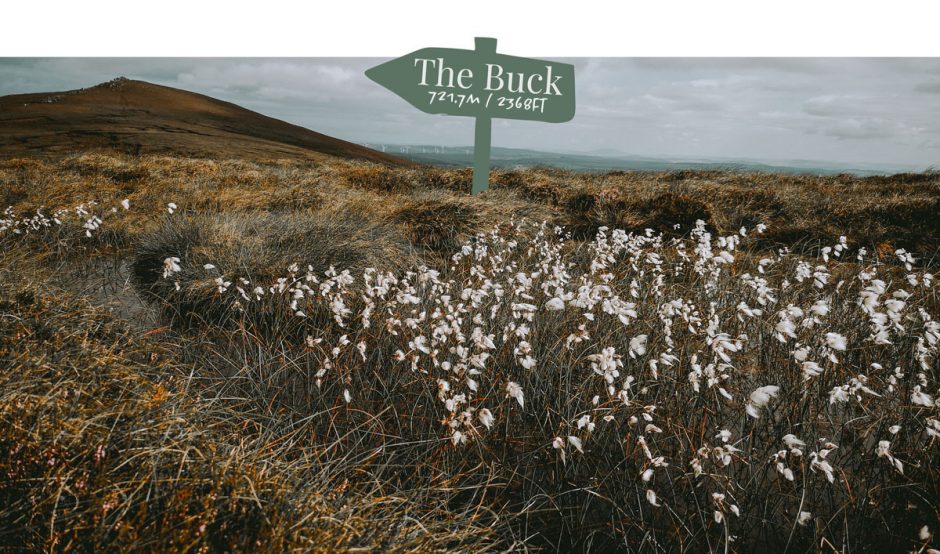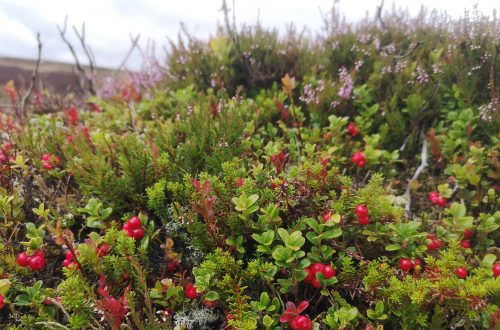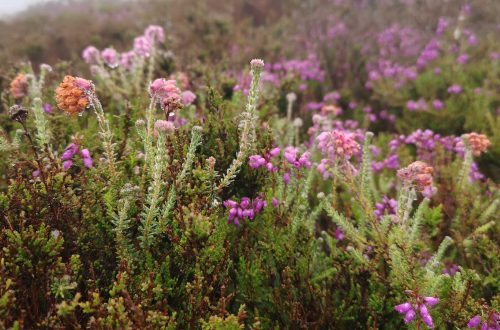Welcome back, fellow plant enthusiasts! Today, I’m thrilled to share my passion as a botanical illustrator for Scottish wildflowers, focusing on the remarkable cotton grass found in Bennachie. This plant has become my second choice for my final-year project, 5 Plants of Bennachie. Cotton grass holds a special place in my heart, gracing the stunning landscapes of Bennachie and surrounding hills, creating an iconic sight that never fails to captivate me.
Before we delve into the enchanting world of cotton grass, let’s appreciate the scenic backdrop where it thrives. ‘The Buck of Cabrach’ offers an excellent walking experience for adventurers looking to immerse themselves in wild heathland. However, I highly recommend exploring it during the drier summer months, as the boggy conditions at the hill’s summit make it more challenging during wetter seasons. These damp conditions make the Buck of Cabrach and Bennachie ideal habitats for cotton grass and similar plant species. You can check out the Walk Highlands Buck of Cabrach route for more details on this beautiful walk.
Tracking down cotton grass before it flowers can be quite a task, as its leaves closely resemble grass. Initially, the flowers appear with dark grey, papery scales called glumes. Around April, the pale lemon-yellow pollen-laden flowers stand out against the heathland surroundings. As the flowers fade, the seeds mature and develop fluffy, cotton-like plumes, ready to embark on their dispersal journey with the help of the wind, aiding in seed dispersal across Bennachie’s landscape.

This perennial plant, scientifically known as Eriophorum, belongs to the Cyperaceae family. It thrives in moist, acidic habitats such as bogs, marshes, and wetlands. Cotton grass forms dense tufts that create microhabitats for various organisms, contributing to the overall biodiversity of these wetland ecosystems.
Interesting Facts:
- Despite its name, cotton grass is not a true grass but a member of the sedge family.
- The fluffy cotton-like structures that give cotton grass its name are not actually cotton fibers but modified hairs called pappus.
- Cotton grass is a hardy plant that can withstand harsh climates, making it a true survivor of challenging environments.
- Traditionally, the stems of cotton grass were used in basket weaving and the heads as an alternative to feathers in pillows.
Now I just need to figure out how to paint those fluffy cotton plumes!
Remember to look out for future updates on my final-year project as I dive deeper into the intricate details of all my plants and share more fascinating insights. Until then, keep exploring, discovering, and cultivating your love for walking in Scotland, especially the beautiful trails and wildflowers of Bennachie.
For more photos of cotton grass and other wildflowers, visit my Instagram page. You can also check out my Gallery or get in touch for more information.




